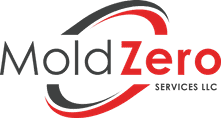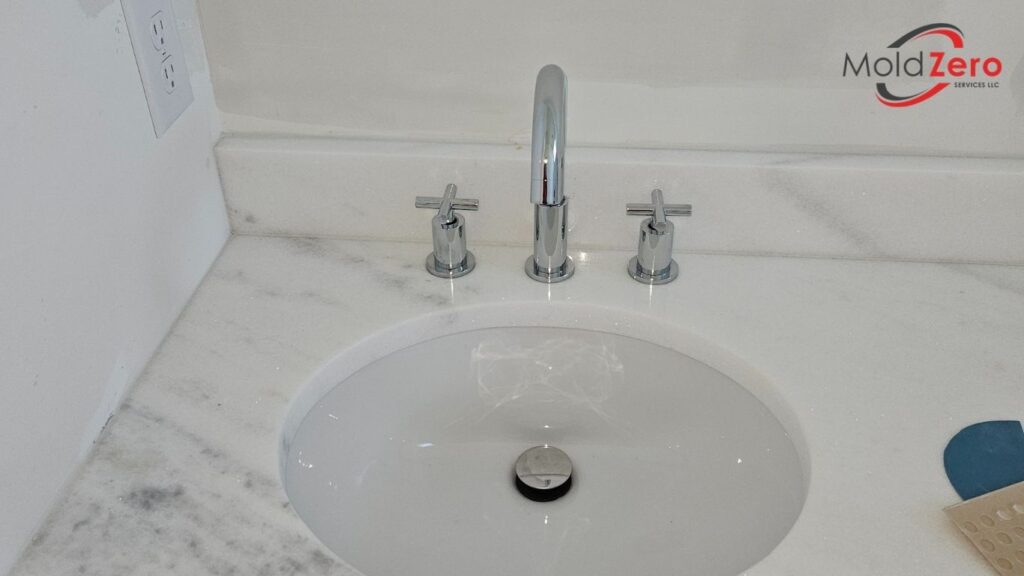Plumbing Issues That Cause Mold Growth
Protect Your Home in Los Angeles
Plumbing is vital to the comfort and function of your Los Angeles home or business. However, seemingly minor issues within your plumbing system can pose a hidden, significant threat: mold growth. Water leaks, whether sudden and dramatic or slow and insidious, introduce the essential element mold needs to thrive, potentially leading to widespread contamination and property damage if not addressed swiftly and properly.
For property owners in Los Angeles, understanding the link between plumbing issues and mold is the crucial first step in protecting your investment and supporting a healthy indoor environment. While fixing the leak is the absolute priority, dealing with the resulting mold requires specialized expertise.
The Direct Link
How Leaks Fuel Mold
Mold spores are naturally present in the air, both indoors and out. They are microscopic and constantly seeking conditions favorable for growth. The single most important factor that triggers mold growth is moisture.
Plumbing leaks provide a direct, and often continuous, water source that saturates building materials like drywall, wood, insulation, and carpet. Once these materials become wet, mold spores landing on them have the moisture they need to germinate and begin to grow.
Even a small, slow drip can introduce enough dampness over time to create a hidden mold problem within a wall cavity or under flooring. What’s particularly concerning is the speed at which this happens. According to resources like the U.S. Environmental Protection Agency (EPA), mold can begin to grow on wet surfaces within just 24 to 48 hours.
Other experts reinforce this, stating that mold can start to grow within 24-48 hours after a water leak, especially on porous materials. This rapid growth timeline underscores the urgency of addressing any plumbing leak immediately.
Common Plumbing Issues That Lead to Mold
Mold growth caused by plumbing problems can occur in numerous locations throughout your Los Angeles property, depending on where the leak originates. Being aware of these common sources can help you identify issues early:
Leaks Under Sinks
These are often the most visible leaks, resulting from loose pipe connections, faulty valves, or damaged drain lines within kitchen or bathroom cabinets. While visible, they might be ignored as minor drips, allowing moisture to accumulate in the cabinet base or seep into walls and flooring behind the vanity.
Hidden Pipe Leaks Behind Walls or Ceilings
Perhaps the most insidious sources of mold are pipes leaking within wall cavities, above ceilings, or under floors. These leaks often go undetected for long periods, allowing mold to flourish out of sight.
Signs like water stains (which may appear yellow, brown, or copper-colored), peeling or bubbling paint or wallpaper on a wall, or a sagging ceiling section can indicate a hidden leak above or behind. Resources like Facilities Management Advisor highlight these visual cues as key signs of potential hidden water issues.
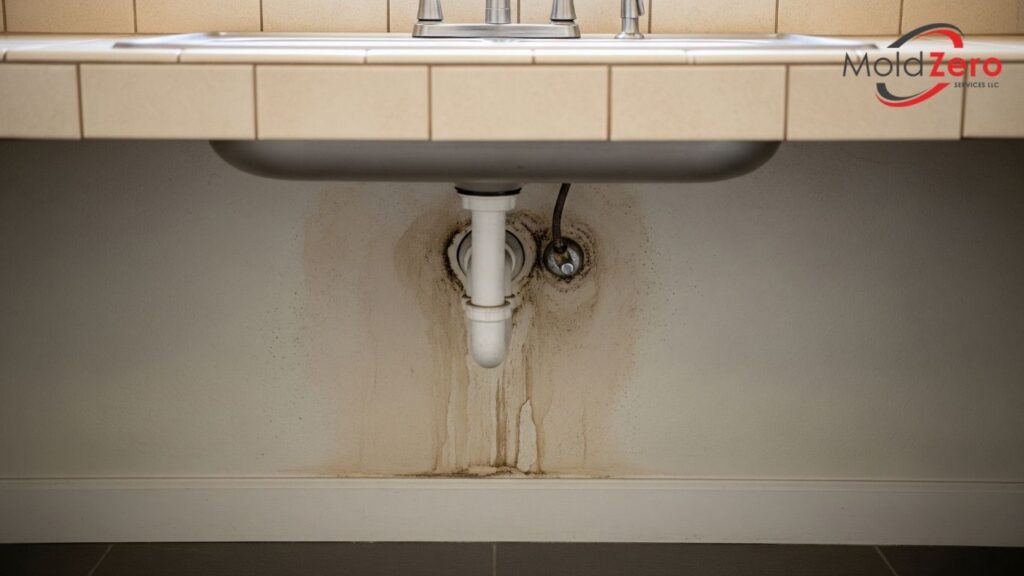
Faulty Fixtures
Leaks around toilets (often from a failing wax ring at the base), showers, or tubs are frequent culprits. Issues with grout or caulk around tiles can allow water to penetrate the wall or floor structure, leading to hidden water damage and mold growth within the walls or subfloor.
Appliance Leaks
Appliances connected to water lines, such as dishwashers, washing machines, refrigerators with ice makers, and water heaters, can leak. These leaks can range from a slow drip behind the unit to a sudden, significant flood from a burst hose, causing rapid and extensive water damage that quickly leads to mold if not dried promptly and thoroughly.
Why Quick Action is Crucial (Fix the Leak First!)
The moment you discover a plumbing leak, your absolute top priority must be to stop the water flow. This might involve turning off the valve to the specific fixture or, for a more significant leak, shutting off the main water supply to your entire property.
Fixing the source of the leak is paramount because mold will continue to grow and spread as long as the area remains wet. No amount of cleaning or remediation will be effective if the moisture source is not eliminated.
Once the leak is stopped, immediate steps must be taken to address the water damage. Drying out the affected area thoroughly and quickly is essential to prevent mold growth or limit its spread if it has already begun.
Guidance from the CDC and FEMA emphasizes the critical importance of drying wet areas and materials within 24 to 48 hours to prevent mold from taking hold. Delaying this crucial drying process allows mold to establish itself more firmly, making remediation more complex and potentially increasing the scope and cost of the work needed.
What to Do When a Plumbing Leak Causes Mold
If a plumbing leak has occurred and more than 24-48 hours have passed before discovery or thorough drying, or if you already see or smell mold, attempting to handle the situation yourself is generally not recommended.
For moderate to large areas of mold growth resulting from a leak, professional help is essential. Mold can be hidden behind walls, under floors, or in other cavities affected by the water damage. Disturbing mold without proper containment and equipment can release millions of spores into the air, potentially spreading the contamination to other areas of your Los Angeles home or business.
Mold remediation professionals have the expertise to assess the full extent of the water damage and mold growth, even in hidden areas, using specialized tools. They understand how to contain the work area to prevent cross-contamination and possess the right equipment and methods to address the mold effectively and thoroughly.
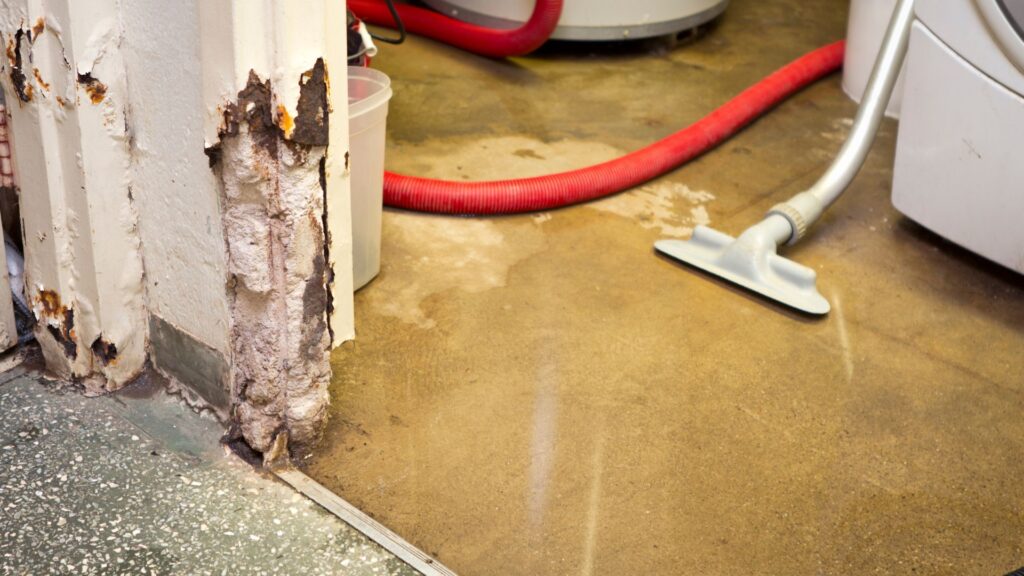
Mold Zero Services: Your Partner Against Mold from Plumbing Leaks
When plumbing issues lead to water damage and subsequent mold growth in your Los Angeles property, Mold Zero Services is the expert partner you need for fast, effective, and reliable mold remediation. We specialize in addressing mold caused by moisture problems, including those originating from plumbing leaks.
We understand the urgency and stress that come with discovering mold from a leak. Our process is designed to resolve the issue comprehensively, restore your property’s environment, and provide confidence for the future.
Our unique, advanced 5-step process is highly effective for addressing mold resulting from plumbing leaks, even in areas that are difficult to access. You can learn more about our detailed approach in our Mold Abatement Guide.
- Initial HEPA Vacuuming: We begin by carefully vacuuming affected areas using state-of-the-art HEPA filtered vacuums. This captures microscopic mold spores and other fine debris resulting from water damage, containing them before treatment begins.
- Hygienic Damp Wiping: Surfaces are meticulously wiped down to remove residues and prepare for treatment.
- Spor-Klenz® Fogging: We apply our powerful Spor-Klenz treatment via a specialized fogging technique. This allows the treatment to reach all surfaces within the affected area, including inside wall cavities, under floors, and other concealed spaces where leak-induced mold often hides, neutralizing mold on contact without requiring extensive demolition.
- Goldshield® Barrier Fogging: After addressing the existing mold, we apply Goldshield. This innovative step creates a durable, invisible barrier on treated surfaces that helps inhibit future mold growth, providing ongoing protection in areas that were susceptible to moisture from the leak (though fixing the plumbing leak permanently is still paramount).
- Post-Remediation HEPA Vacuuming: A final HEPA vacuuming ensures any remaining airborne particles are captured, leaving the treated area settled and clean.
This minimally invasive approach means less disruption compared to traditional methods that involve significant tear-out. Our process is typically completed in just hours. We use products we would trust around our own families, applying this care to your property.
We offer a 1-year guarantee against new mold growth in the treated areas, provided there are no new water intrusions. You can find more information about our commitment to LA Mold Testing and our Guarantee. Our NORMI certification and extensive experience handling over 1000 mold jobs mean you are working with skilled, knowledgeable professionals dedicated to resolving your mold problem.
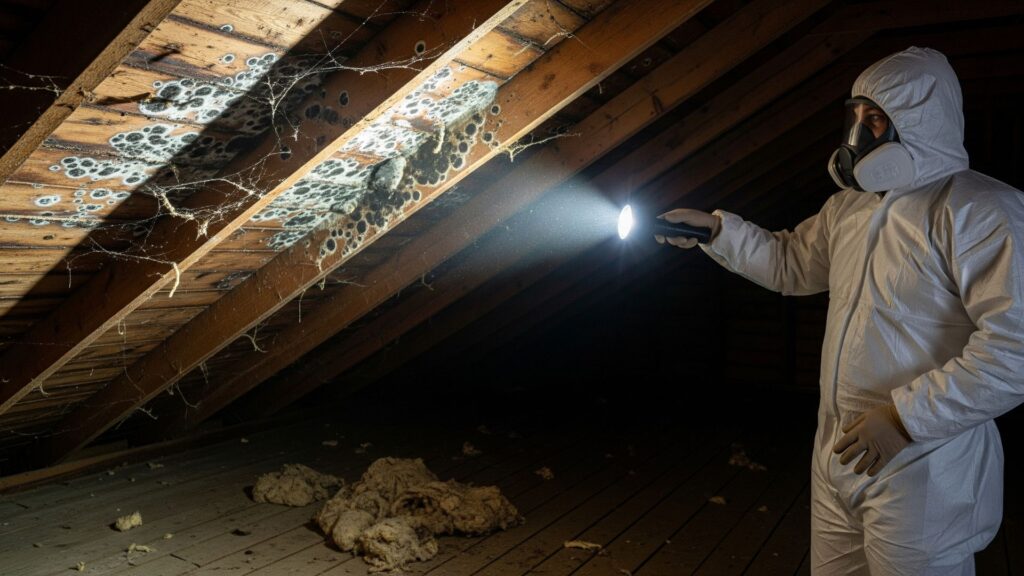
Don’t Let Plumbing Leaks Cause a Lasting Mold Problem
Plumbing leaks are a major cause of mold growth in properties. The key to protecting your Los Angeles home or business is finding and fixing the leak immediately and then addressing any resulting water damage and mold growth swiftly and professionally.
Ignoring a leak or attempting insufficient cleanup can lead to a much larger, more complex mold problem that affects both your property’s structure and indoor environment.
Mold Zero Services is your expert partner in Los Angeles for professional mold remediation caused by plumbing leaks. Our fast, effective, guaranteed, and independently verified process is designed to provide a complete solution, restoring your peace of mind. Learn more about our comprehensive Mold Remediation Services in Los Angeles.
Contact Mold Zero Services Immediately for a Free Inspection and Quote.
Call us today at (626) 671-8885 to speak with an expert about mold concerns resulting from plumbing issues and schedule your free assessment, or fill out our online form for a prompt response. Take the essential step toward protecting your home and addressing mold from plumbing leaks professionally.
